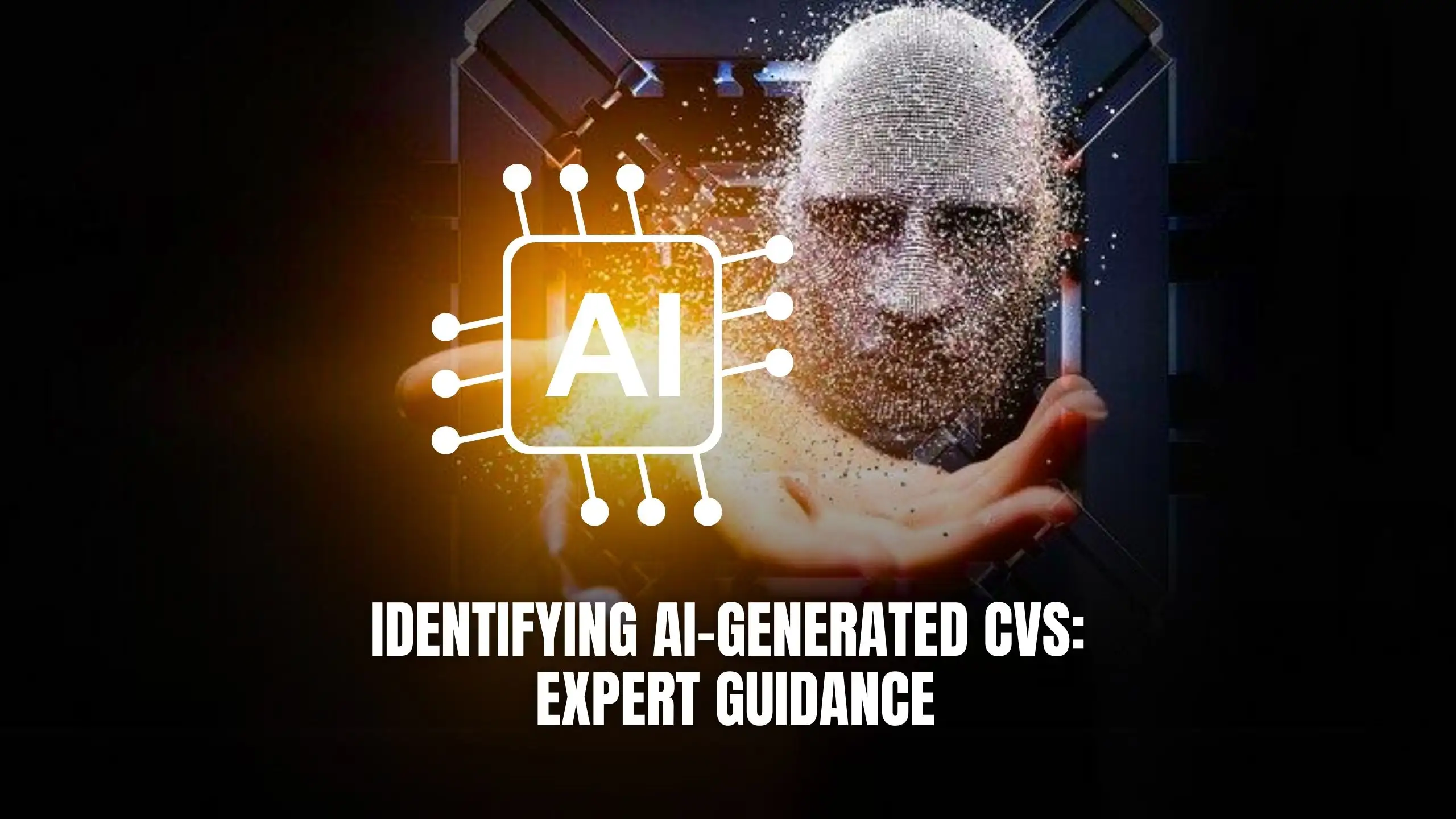Identifying AI-Generated CVs: Expert Guidance
- AI Image Generators Software AI Writing Assistant Popular Tools AI Tools


Identifying AI-Generated CVs: Expert Guidance
As artificial intelligence (AI) technology advances, the creation of AI-generated CVs raises questions about authenticity and detection. In this comprehensive guide, we provide expert guidance on how to identify AI-generated CVs, covering various methods and tools to ensure the integrity of the recruitment process.
1. Text Analysis Techniques
One effective method for identifying AI-generated CVs is through text analysis techniques. By analyzing the language, syntax, and structure of the CV, recruiters can identify patterns or anomalies that suggest AI involvement. For example, inconsistencies in writing style or overly generic language may indicate the use of AI-generated content.
2. Metadata Examination
Examining the metadata associated with a CV can provide valuable insights into its authenticity. Recruiters can look for indications of AI involvement, such as timestamps indicating rapid content generation or unusual file properties. Additionally, inconsistencies between the stated authorship and the metadata can raise red flags about the CV’s origin.
3. Semantic Analysis Tools
Semantic analysis tools can assist recruiters in detecting AI-generated CVs by analyzing the semantic coherence and logical structure of the content. These tools can identify semantic irregularities or inconsistencies that may indicate AI involvement. By leveraging semantic analysis, recruiters can ensure that CVs align with human expectations and standards.
4. Machine Learning Models
Advanced machine learning models trained on datasets of AI-generated content can be valuable tools for detecting AI-generated CVs. These models can learn to identify subtle cues and features indicative of AI involvement, enabling recruiters to flag suspicious CVs for further review. Continuous training and refinement of these models improve their accuracy over time.
5. Collaborative Platforms
Collaborative platforms that facilitate peer review and feedback can be effective in identifying AI-generated CVs. Recruiters can leverage the collective expertise of their team members to identify inconsistencies or anomalies in CV content. By fostering collaboration and knowledge sharing, these platforms enhance the accuracy of CV evaluation processes.
Relevant SaaS Products
- Grammarly: AI-powered writing assistant that can help identify inconsistencies and anomalies in CV content, aiding in the detection of AI involvement.
- Plagiarism Checker: Tool for detecting similarities between text samples, which can be useful in identifying AI-generated content plagiarized from existing sources.
- Copyscape: Online plagiarism detection tool that can identify content duplication and detect instances of AI-generated content.
- Quetext: AI-driven plagiarism detection software that can uncover similarities between CV content and known AI-generated patterns.
- Turnitin: Plagiarism detection service widely used in educational institutions and corporate environments, capable of identifying AI-generated content that violates authenticity standards.
Conclusion
In conclusion, identifying AI-generated CVs requires a multifaceted approach combining text analysis techniques, metadata examination, semantic analysis, machine learning models, and collaborative platforms. By implementing these methods and leveraging relevant tools, recruiters can ensure the integrity of the recruitment process and make informed decisions based on authentic CV content.
Unlock the power of expert guidance in identifying AI-generated CVs with Subscribed.fyi! Sign up today to access exclusive deals on essential SaaS tools that can assist in detecting AI involvement, ensuring authenticity and integrity in your recruitment processes. Don’t let AI-generated CVs go undetected—empower yourself with Subscribed.fyi.
Relevant Links:





